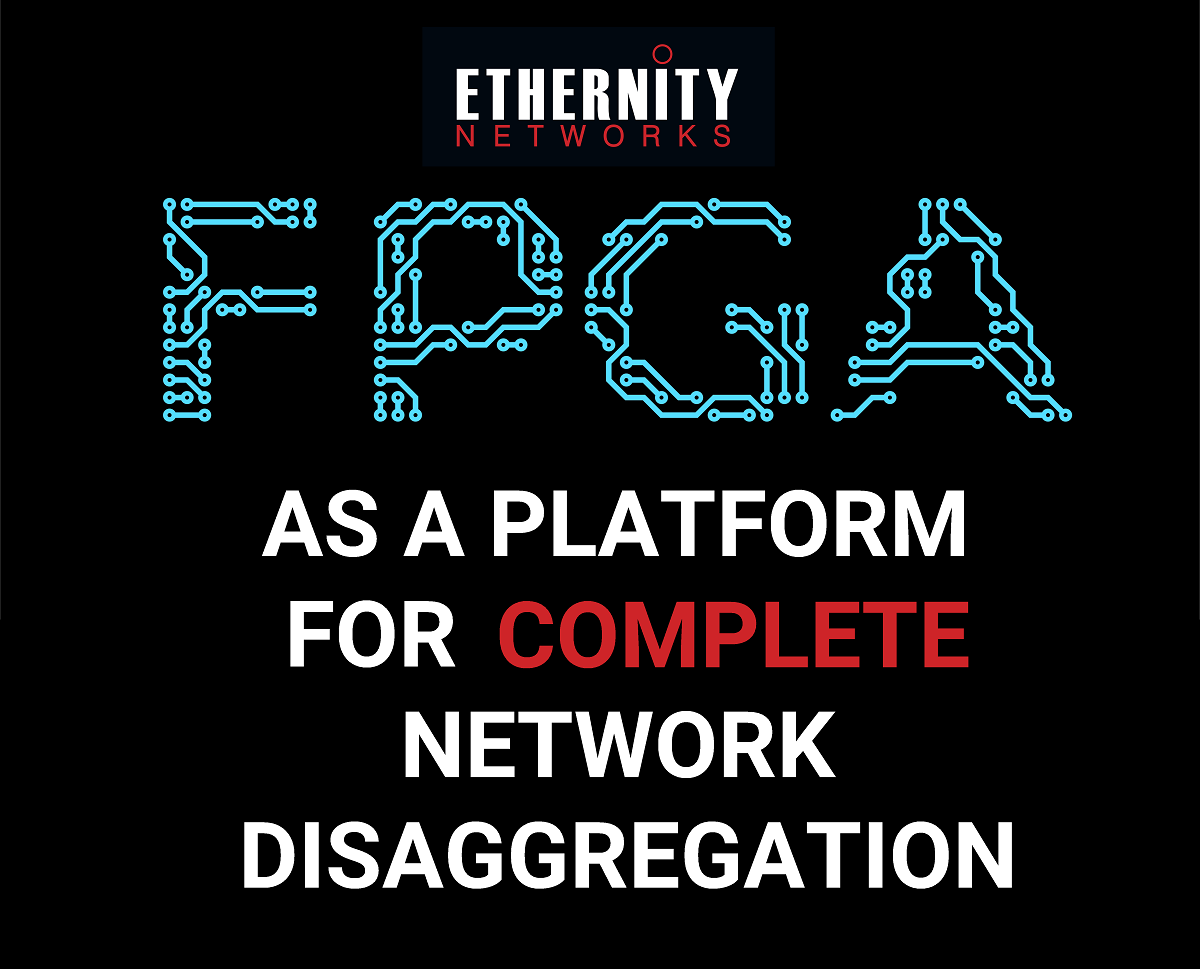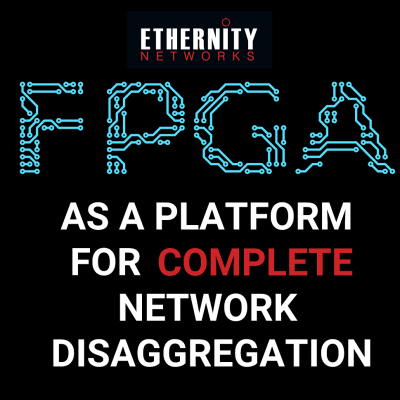
While disaggregation has become standard in data centers and cloud networks, it has yet to penetrate fully at the network edge. There has been a separation of hardware and software vendors, leading to the usage of white box edge switches, but the complete revolution in disaggregating the hardware has yet to occur.
Worse yet, the network edge is exactly where disaggregation is most needed. With the standards and requirements of the edge still evolving, it is impossible to know today what will be required even a year from now, so perhaps the most important characteristics for operators to consider in selecting edge switching hardware should be agility and futureproofing. The one certainty at the edge is that the requirements will change, and yet, ASIC-based switch hardware, even in white box devices, cannot be upgraded to address new data plane functionality requirements.
Adding new hardware to account for a lack of functionality is not always an option at the network edge, where both physical space and power are at a premium. The alternative – replacing field-deployed hardware – is prohibitively expensive, costing up to five times the initial capital expense. Even if it were affordable to do so, replacing ASIC-based hardware with new or upgraded ASIC-based hardware guarantees nothing in terms of futureproofing. It could be that in another year, the operator will need to upgrade yet again.
Perhaps the issue is that no standard platform has emerged to enable full disaggregation of the data plane hardware. Whereas in the first-level disaggregation occurring in data centers and cloud networks there is an X86 standard upon which any vendor can provide disaggregated software, no such standard has yet become the de facto generic platform for data plane functionality and feature development. The market remains dominated by a few large vendors who maintain a strong relationship with the original equipment manufacturer (OEM) channels.
FPGAs are an ideal platform for truly disaggregating hardware at the network edge, continuing the trend that was begun with NFV. They extend the concept to apply to white box edge switches and routers as well as to optical line terminals (OLTs). FPGAs perfectly address the concern about the use of proprietary ASIC-based hardware platforms while also improving performance, avoiding vendor lock-in, and futureproofing the network, thereby saving on long-term operating expenses and reducing total cost of ownership.
To read more, download a PDF of the full White Paper text!


